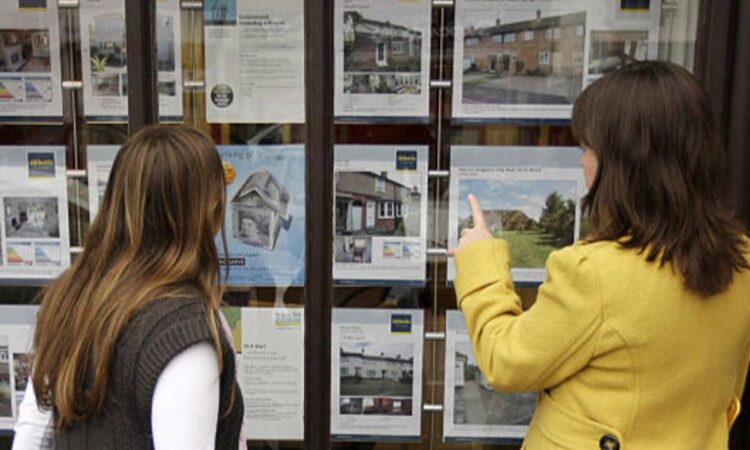
Average house prices in each region of the UK are revealed in a new index that says that the market “beat expectations” in 2023 despite higher taxes, inflation and the wider cost of living squeeze.
Halifax’s House Price Index said property values increased by 1.7 per cent across the board in 2023, although some regions, such as South East England, saw house prices fall significantly.
Meanwhile in other regions, such as Northern Ireland and North West England, the average price of a home increased in a welcome piece of news going into 2024 for those already on the property ladder.
Overall, average house prices rose by 1.1 per cent month-on-month in December – the third consecutive monthly rise. The typical UK house price in December 2023 was £287,105, up from £282,305 in the same month a year earlier.
Kim Kinnaird, director, Halifax Mortgages said that although there had been “encouraging” growth in the final three months of last year, this was preceded by property price falls for six consecutive months between April and September.
She also warned that the growth “we have seen is likely being driven by a shortage of properties on the market, rather than the strength of buyer demand”. She added: “That said, with mortgage rates continuing to ease, we may see an increase in confidence from buyers over the coming months.”
Northern Ireland saw the biggest yearly increase in house prices by far, according to the Halifax index. The average price of a home there in December 2023 was £192,153 – up 4.1 per cent from December 2022.
Scotland was in second place, with the average price of a house there at £205,170 – up 2.6 per cent in the 12-month period.
South East England, which has some of the most expensive properties in the country, recorded the biggest fall in prices. The average price of a home in the region in December was £376,804 – down -4.5 per cent.
South West England saw the second-biggest drop, with the average property there costing £293,067 – down. -3.9 per cent. See below for a full list of how each region fared.
Mortgage lenders have this week begun slashing rates in anticipation of the Bank of England cutting interest rates in the spring as the economic outlook improves, making it cheaper to borrow money.
Analysts say the market is “heating up” and that a price war between lenders has already begun, but some homeowners still face a painful rise in their monthly costs when deals expire this year.
On Thursday Moneyfacts, the financial information service, said the average cost of a two-year deal had fallen from 5.92 per cent to 5.87 per cent – the lowest level for nearly seven years.
Analsyst say mortgage market is ‘heating up’
(Getty Images)
But while mortgage rates have started to come down they remain much higher than people have been used to in recent years, with more than a million homeowners set for a rise in their monthly payments when deals expire this year.
“The mortgage market may be heating up, but this won’t fully ease the pain for the roughly 1.6 million existing borrowers with cheap fixed rate deals expiring this year,” Alice Haine, personal finance analyst from Bestinvest, explained.
Lenders have priced in that the Bank will start cutting interest rates this year and have been reducing their prices for months ahead of an expected price war as the economic outlook improves further this year.
Analysts expect rates to fall further later in the year. Polly Gilbert, chief marketing officer at Tembo Money, said that a mortgage price war was “likely” on the horizon as inflation and interest rates fell.“How good to see interest rates finally moving in the right direction,” she told Sky News. “We’re seeing some frenzy beginning to build, it’s positive this time.”
First Direct became one of the latest lenders to announce it was cutting rates, with deals below 4 per cent set to be available from Friday. The announcement was made following rate cuts from other lenders this week, including HSBC UK and Halifax.
Full list of regions:
East Midlands: £234,578, -2.6%
Eastern England: £325,634, -3.5%
London: £528,798, -2.3%
North East: £168,274, -0.9%
North West: £226,765, 0.3%
Northern Ireland: £192,153, 4.1%
Scotland: £205,170, 2.6%
South East: £376,804, -4.5%
South West:£ 293,067, -3.9%
Wales: £216,730, -0.5%
West Midlands: £ 247,122, -1.4%
Yorkshire and Humber: £204,904, 0.1%

